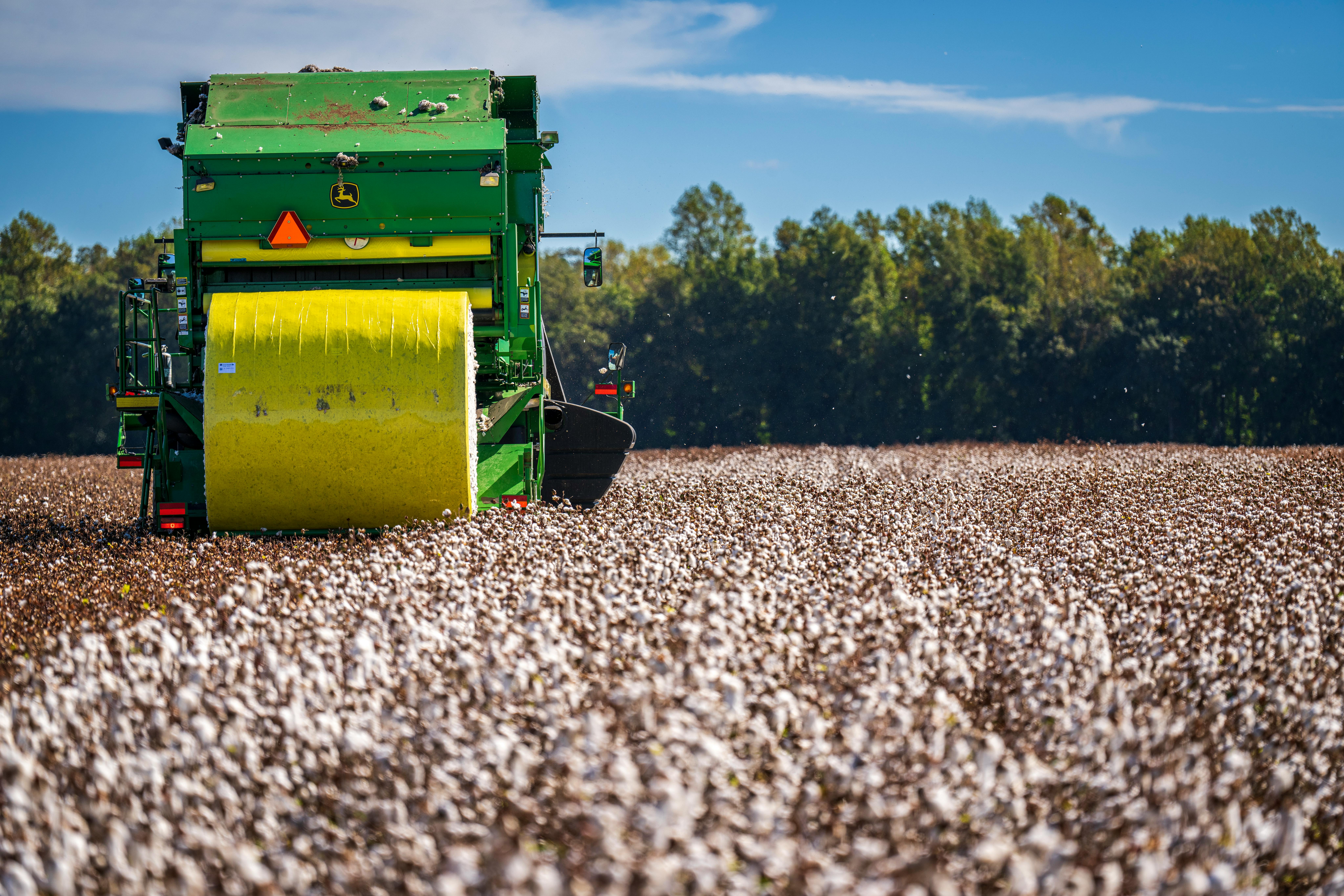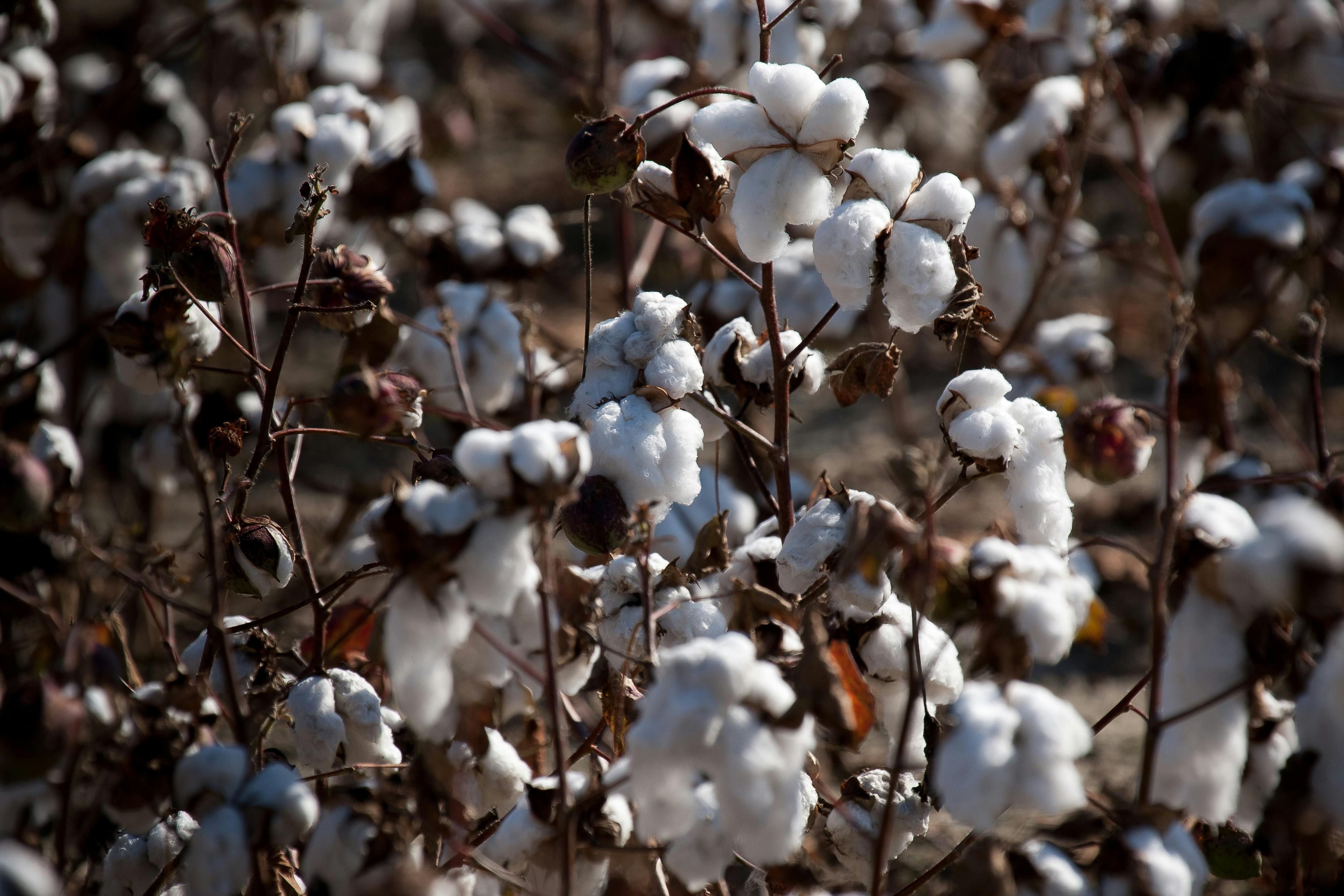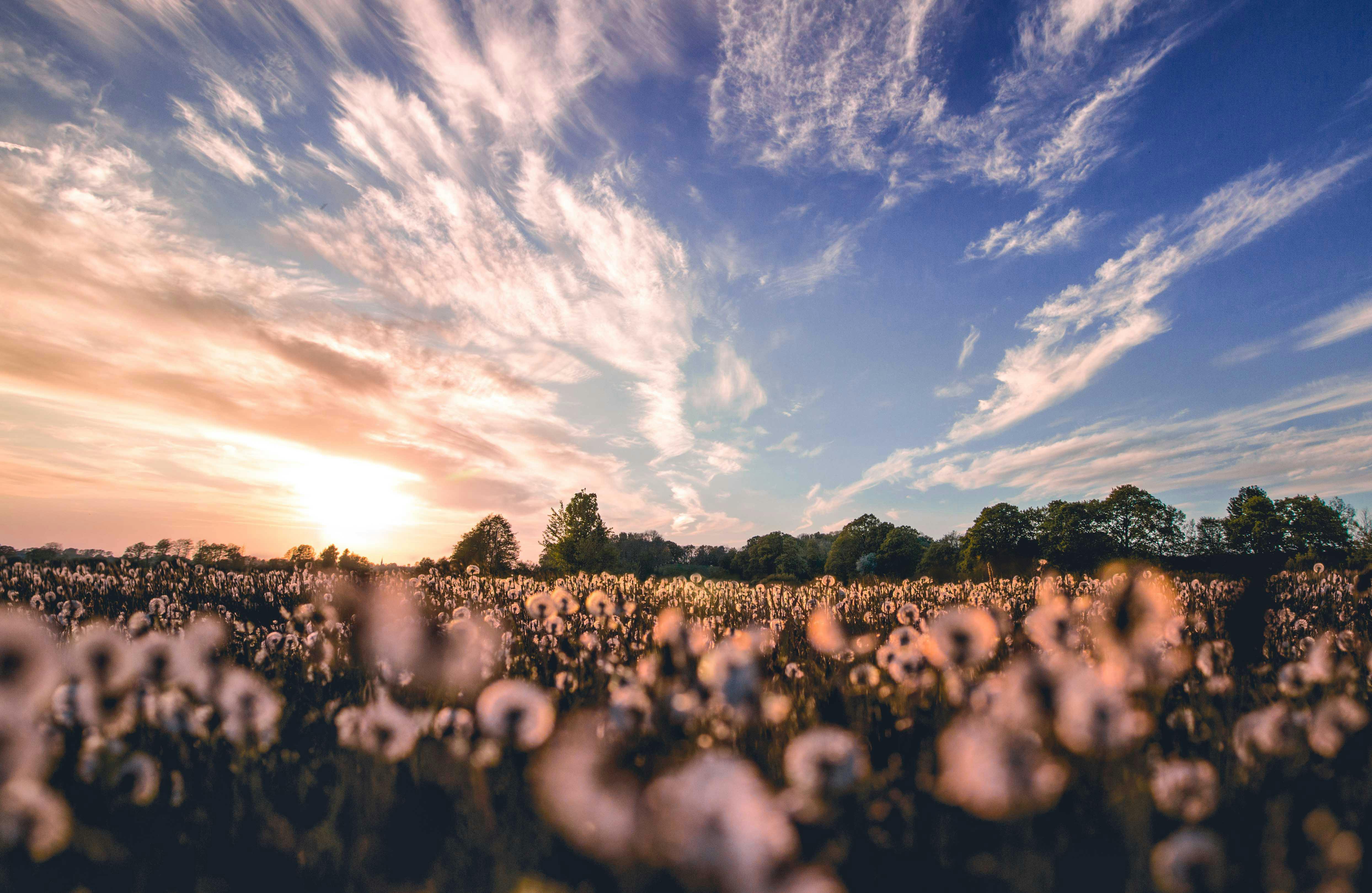My daddy worked at a cotton compress all my life. Back then, compresses existed to take the bales of cotton from gins (600 lbs each) and squash them down to about half-size so more could be stored. Then, the bales would be placed in warehouses, sometimes as many as 250,000 bales or more, and the overflow would be placed in open fields. Now, they mostly just store cotton.
The job was year-round for Daddy, but the fall was the busiest. At harvest time, compresses had to work 18 hours a day in order to receive all the bales from the gins and put them in their proper place. How busy they were depended on how successful the harvest was.

Planting the Seed
It all starts in the spring. Farmers plow their fields and do the proper soil preparation, breaking up the ground and prepping the seedbeds. High-tech farmers do soil testing and fertilization, especially adding nitrogen and phosphorus in order to promote a bumper crop. Planting of cotton seed generally takes place in April and May, once the soil warms.
Around the cotton gin, farmers often sit around the coffee pot discussing who takes the first roll of the dice by planting early and risking frost. For healthy plants, planters must consider herbicides, chopping cotton with a hoe (yuck), irrigation, and cultivation. Irrigation is a huge blessing, and you can see the results if you fly over West Texas and notice the huge green circles on the ground.
Pest control is a constant problem, with concerns over bollworms, aphids, stink bugs (and they do stink and sting), and more. Some farmers will add nitrogen as the cotton grows. Eventually, the plants must be defoliated and then harvested by stripping or picking. (My mother picked cotton as a child, but nobody does that anymore.)
The cotton is put into large modules (not trailers like the old days) and taken to the gin, where the seeds are removed from the fiber. Then the lint or fiber is made into bales weighing between 500–600 pounds. Eventually, it is moved to compresses, shipped to mills, and then you get a pair of jeans!
Journey Through the Process
Before you get your Levis, there are so many variables: soil health, rain, temperature, sunlight, pests, proper planting and harvesting dates, seed type, and really, luck or blessing. Early on, a farmer needs rain for growth. For blooms and cotton bolls, you’ve got to have water. For the bolls to fill with fiber, you need moisture, but not too much, or you get boll rot and lose yield. At maturation, too much rain can be devastating. What’s needed then is hot, dry weather for those mature bolls to ripen and burst open. One needs heat and water early, with a dry end.
In a good year, on an irrigated farm, one might receive 900 pounds of cotton per acre. On a non-irrigated farm, the number might drop to 700 pounds with the right prep and rains. On a bad year, yield can fall to 300 pounds or less per acre.
The harvest season is exciting for the farming community, and there is nothing like watching hard-working farmers celebrate a bumper crop. The whole community comes alive. Churches are happier, businesses benefit, and even the football team plays better.
So, what is the point?

Fall is harvesting time.
There is nothing better than a bountiful harvest to give one hope. Here are some points to close:
- Do your diligence and apply yourself to what is true and necessary.
- Stay on top of things. (Pray.)
- Do your best and give God the rest. No matter how hard you work, none of us is in control.
- Be aware of timing.
- Celebrate and give thanks for growth and the harvest.
- Know that your efforts bless others.
- Look forward with hope.
Blessings


